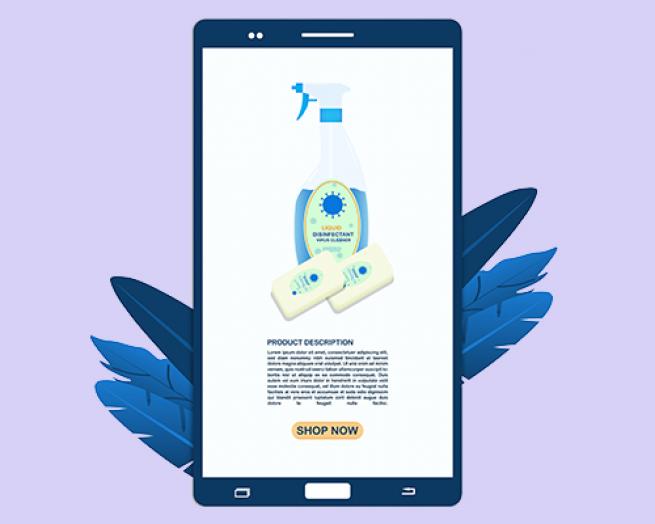
The ripple effects of the COVID-19 pandemic have been felt across the globe and the retail industry is no exception. The pandemic has generated widespread fear regarding health, job security, quality of life, and financial stability at both a personal and macro-level.
In response to this uncertainty, spending has slowed, which has directly impacted the income of others. In the midst of rapidly evolving market forces, retailers are adjusting to the "new" new normal, embracing change to survive, and sometimes thrive, in this post-COVID-19 market.
Following is a list of ways consumer behavior has changed and how retailers have responded to those changes.
#1 Self-Servicing Has Become Commonplace
Convenience to customers has always been the prime agenda of all retailers — social distancing has accelerated the development of self-service models. In fact, BOPIS (buy-online-pickup-in-store) and BOSS (buy-online-ship-to-store) gained increasing popularity amidst consumers.
According to Adobe Analytics data, BOPIS orders (including curbside) increased 62% year over year from late February to March 21. Grocery stores, pharmacies and restaurants aren’t the only ones adopting curbside pickups; other big brands that added this option include Kohl's, Best Buy and Dick's Sporting Goods.
#2 Virtuality: The New Reality
Beyond BOPIS and BOSS, customers are now relying on AR & VR to try out glasses, clothing and even furniture. For instance, IKEA customers can explore kitchen interiors with VR.
In the wake of the pandemic, customers now prefer to move more of the whole purchasing cycle online than we have ever seen before. Virtually every commodity and industry will need to be prepared to fulfill demand digitally. According to a recent Coresight report, consumer spending on reality technologies this year is projected to reach $7 billion, and distribution and services spending on the technologies could reach $4.4 billion.
#3 Online Payments
Another major area where COVID-19 has rapidly accelerated development is helping customers move from offline to online payments (Apple Pay, PayPal, Venmo). Pre-COVID-19, online payments were a choice rather than a necessity. Post-COVID-19, digital and contactless payments have become mainstream.
In response to retailers enabling as many forms of online payment as possible, consumers ware embracing the convenience, and prefer the online mode of payment across channels, for big and small purchases. As we talk about online payments as a way of life, it’s likely that physical gifts will be replaced by digital gift cards and cash.
#4 Luxury vs. Necessity: Shift in Wallet-Share
The items consumers purchase have also shifted. In addition to the limited availability of goods due to closed stores and disruptions in the supply chain, there is also financial uncertainty and changes in pricing due to shifts in demand. The upshot is consumers have spent (and continue to spend) on necessities, while abandoning their usual discretionary spending.
At the same time, the pandemic has not been without its indulgences. With increasing availability of access to luxury goods, EY also predicts that COVID-19 has led to the emergence of the Cautiously Extravagant — that 25% of consumers who will take advantage of access to certain goods they might not otherwise purchase. The challenge for retailers is assuring that the product is targeted at these consumers and is offered at a price that doesn’t go beyond their risk-tolerance.
"behavior" - Google News
July 09, 2020 at 08:43PM
https://ift.tt/2Zaq7Km
8 Consumer Behavior Trends Here to Stay in the COVID-19 Retail Aftermath - Retail Info Systems News
"behavior" - Google News
https://ift.tt/2We9Kdi
Bagikan Berita Ini














0 Response to "8 Consumer Behavior Trends Here to Stay in the COVID-19 Retail Aftermath - Retail Info Systems News"
Post a Comment